Fitbit vs Garmin: Which one is worthy of a place on your wrist?
Trying to work out which fitness tracker is best for you? Here we’ll compare Garmin vs Fitbit, including all the models, features, services and more.
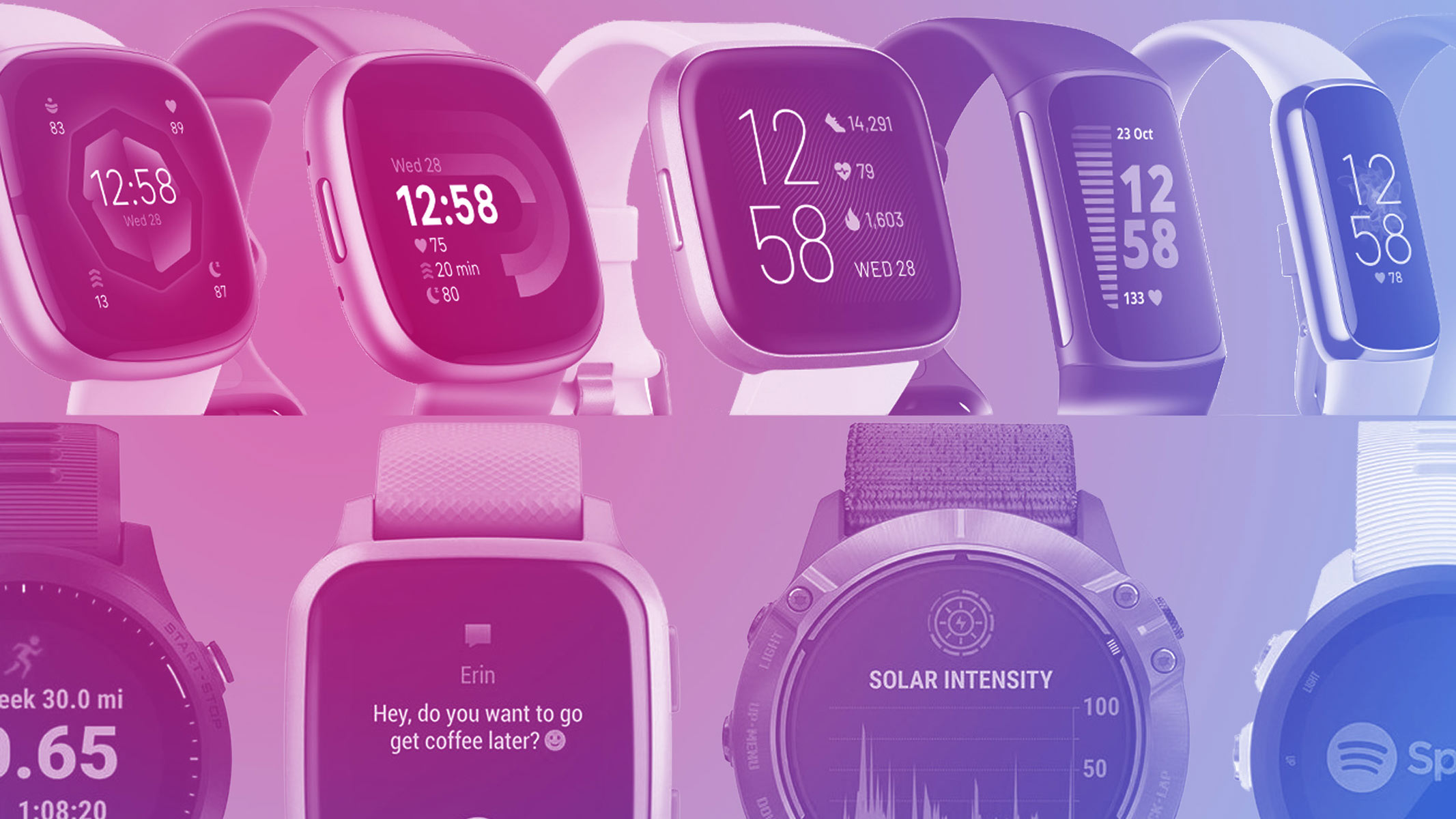
It’s never been easier to get yourself a fitness tracker, with options covering just about any budget, size and feature set. Two of the best (and most flexible) brands around are Fitbit and Garmin, and while there’s plenty of overlap between them, there is a lot that separates them, too.
The Fitbit vs Garmin debate will rage on, but in truth, there’s no bad option — both offer a fantastic fitness-tracking experience, though they have slightly different views on what that should entail.
In many ways, the best Fitbits are more general-purpose fitness trackers, ideal for calorie counting and exercise tracking, backed up by a fantastic Fitbit Premium service. On the other hand, Garmin definitely seeks to make you more competitive, trimming time off your latest run or ensuring you get the right amount of recovery time.
Here, we’ll help you decide which brand (and perhaps even which model) is right for you.
Fitbit vs Garmin: Models, price and availability
Fitbit was acquired by Google some time ago now, but rather than lay the company’s Wear OS functionality over Fitbit’s smartwatch line, Google jettisoned them altogether.
That means that Fitbit devices now come in fewer formats, but that does mean they’re much easier to pick from. At the time of writing, the Fitbit Versa and Sense lines are still available, but the company has admitted they won’t be sticking around for very long. In fact, many of their best features, like the Daily Readiness Score, are being added to Google’s Pixel Watch lineup instead.
That leaves the Fitbit Charge 6 and Fitbit Inspire 3, priced at $130/£120 or $79/£69, respectively. Both have an AMOLED display and a narrow build that makes them comfortable to wear, with the Charge 6 offering more than double the 20 exercise modes of the Inspire 3. The Charge also has an ECG app, an EDA sensor for tracking stress and built-in GPS, which all help justify that higher price point.
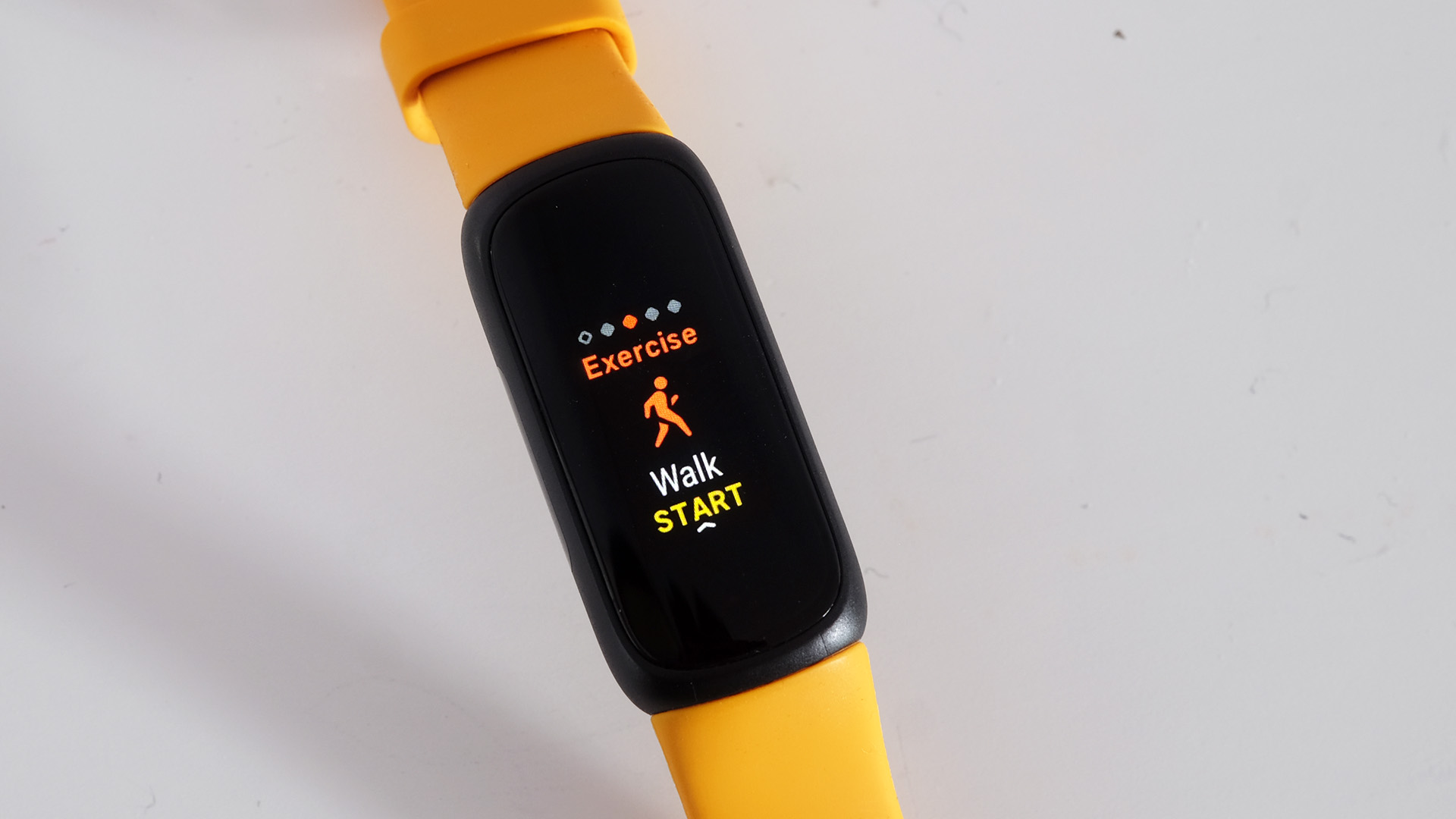
The Garmin lineup features five versions, and they all have their own unique strengths, with price tags to match.
The company’s Forerunner 165 Series starts at $249/£249, while the 265 adds multiple sizes. Then the 955 adds on-device mapping and solar-powered models, and swaps the display for AMOLED and the bezel for metal. The Fenix 8 goes beyond that with more sizing options, while finally, the Enduro is more like an Apple Watch, and is priced as such.
That means a Garmin can easily run you $800/£800, but even the lower end is much pricier than a Fitbit of any description.
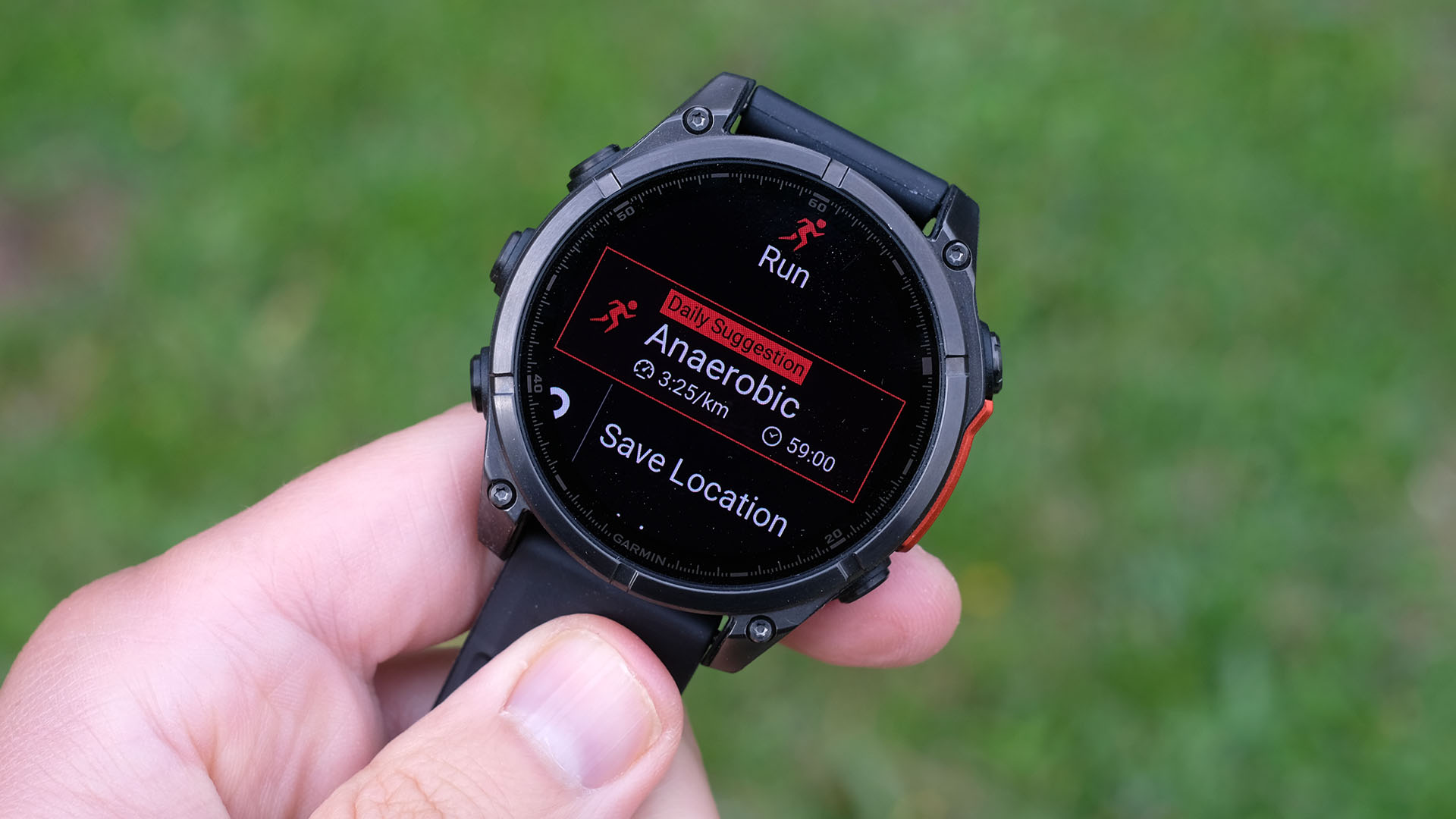
Fitbit vs Garmin: Fitness tracking capabilities
In all honesty, you can’t go wrong with either a Fitbit or a Garmin when it comes to workout tracking.
While some models from each manufacturer offer GPS and some don’t, all of them can track the basics like calories burned, distance travelled and time standing.
Fitbit has been around long enough that many other fitness services can lean on the data it provides, but Garmin has come a long way in that regard, too. So while neither can run something like Strava natively, you can import that data into the Strava app on your phone with ease.
While Fitbit Premium offers a series of training plans, Garmin feels much more goal-oriented from day to day. Even on your initial setup of a Garmin device, you can tell it when your next event is (if any), and it’ll do its best to curate a plan for you given your parameters.
In simple terms, both Fitbit and Garmin are great for getting you active, but Garmin’s focus on short-term targets may make it attractive for more competitive runners.
Fitbit vs Garmin: Health monitoring
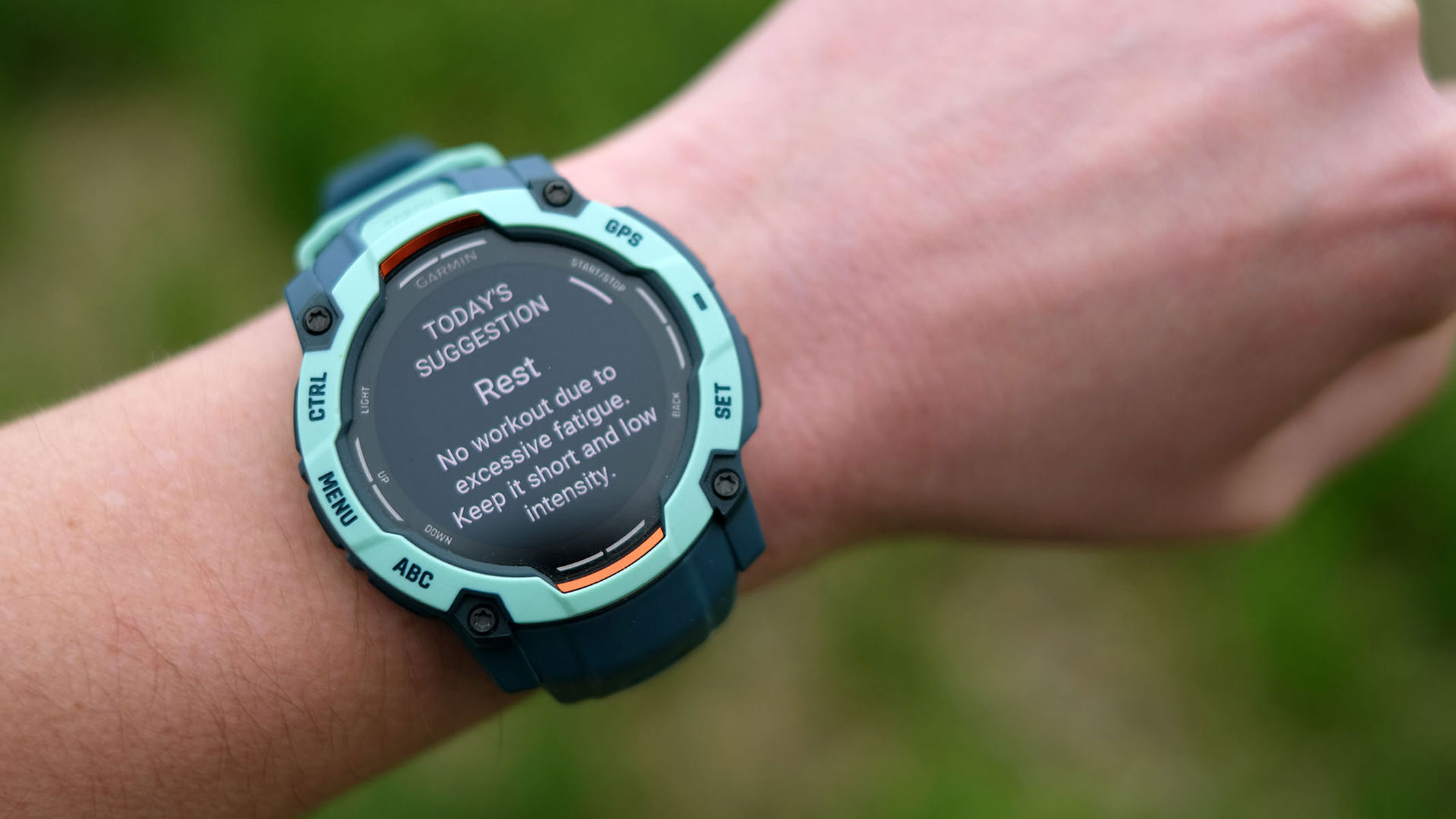
It may sound like a cop-out, but both Fitbit and Garmin do a great job of monitoring your vitals.
Fitbit has the upper hand, though — partly due to the Fitbit Premium additions (which we’ll come to shortly) but mostly because some models have EDA scanners that can help identify stress triggers in your life. Fitbit’s app also does a great job of breaking down relatively complex information and making it easier to parse.
Garmin’s no slouch, either, but it feels much more suited to exercise tracking and health monitoring. It even filters a lot of its wellbeing information through that filter, meaning while it won’t necessarily scan you for stress, it will ask how you’re feeling, mood-wise, after a run.
Fitbit is also a very good sleep tracker, doing a great job of breaking down sleep stages while also being slim enough to be worn without really noticing it.
Garmin devices are heavier, but while the company’s devices used to struggle with sleep tracking, they’ve gotten much, much better in recent years. They now offer a sleep score, which can feel a little like “gamifying” rest, which we appreciate.
Fitbit vs Garmin: Fitness services
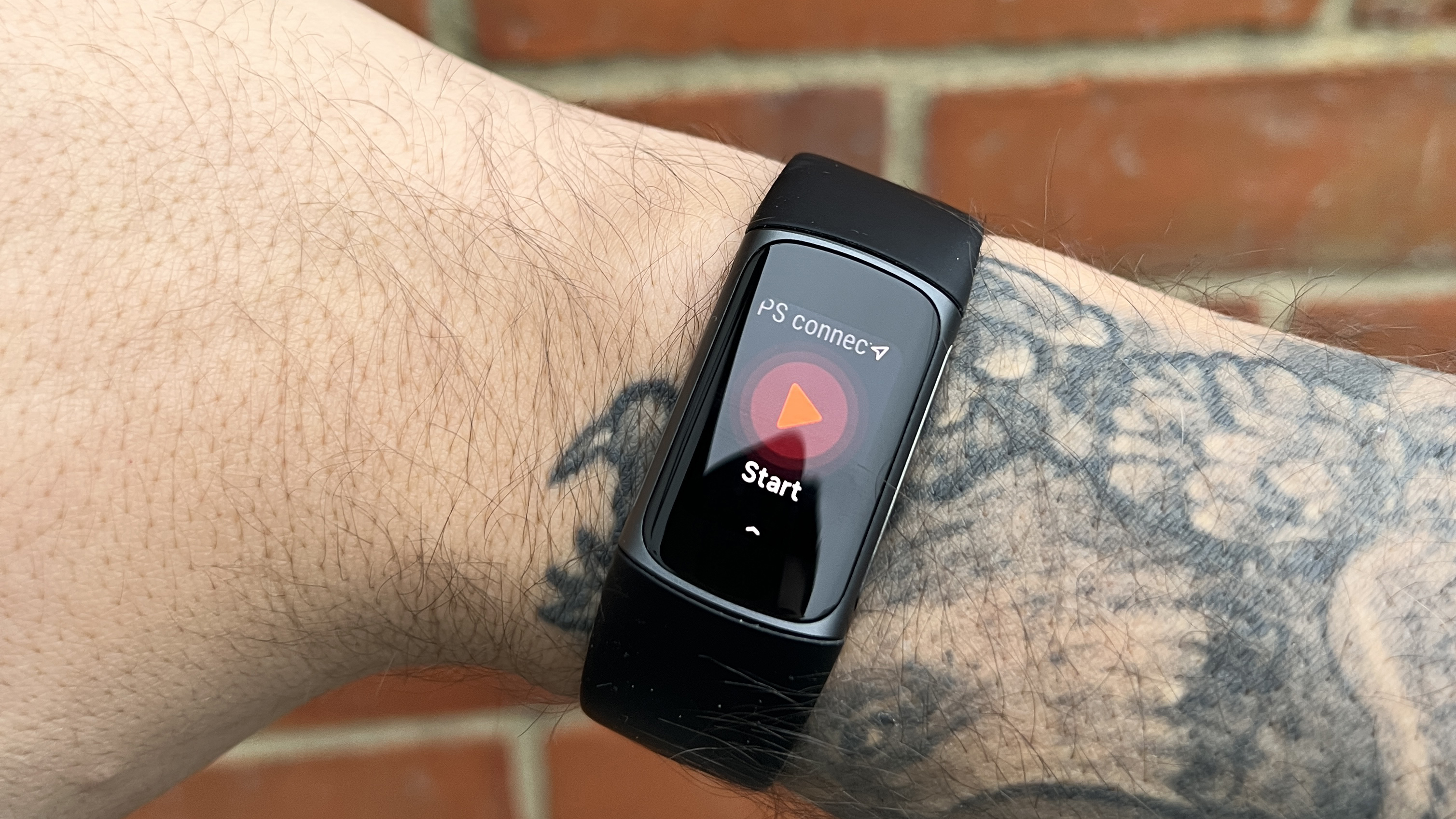
One of Fitbit’s best features is that it includes a handy Fitbit Premium subscription in the box at no extra charge (but eventually billed at $9.99/£7.99 per month). These subs range from six months to a year, and are just as valuable as the device itself.
Fitbit Premium offers a variety of perks, from recipes to training plans from well-known instructors, but the real draw is the Daily Readiness Score. This takes information from your exercise, rest and vital statistics, and wraps them in an easily understandable number. If it’s high, you should have enough energy to push yourself, while if it’s low, you should probably take it easy.
On the other hand, Garmin has a few subscription offerings. The most all-encompassing is Garmin Connect+, which uses AI to analyse your training performance, while also offering additional real-time metrics.
Again, it’s got one eye on making you faster than you were yesterday, but there are other subscriptions for things like Tacx biking, golf and mapping, as well as inReach messages for emergencies.
Fitbit vs Garmin: Smartwatch services
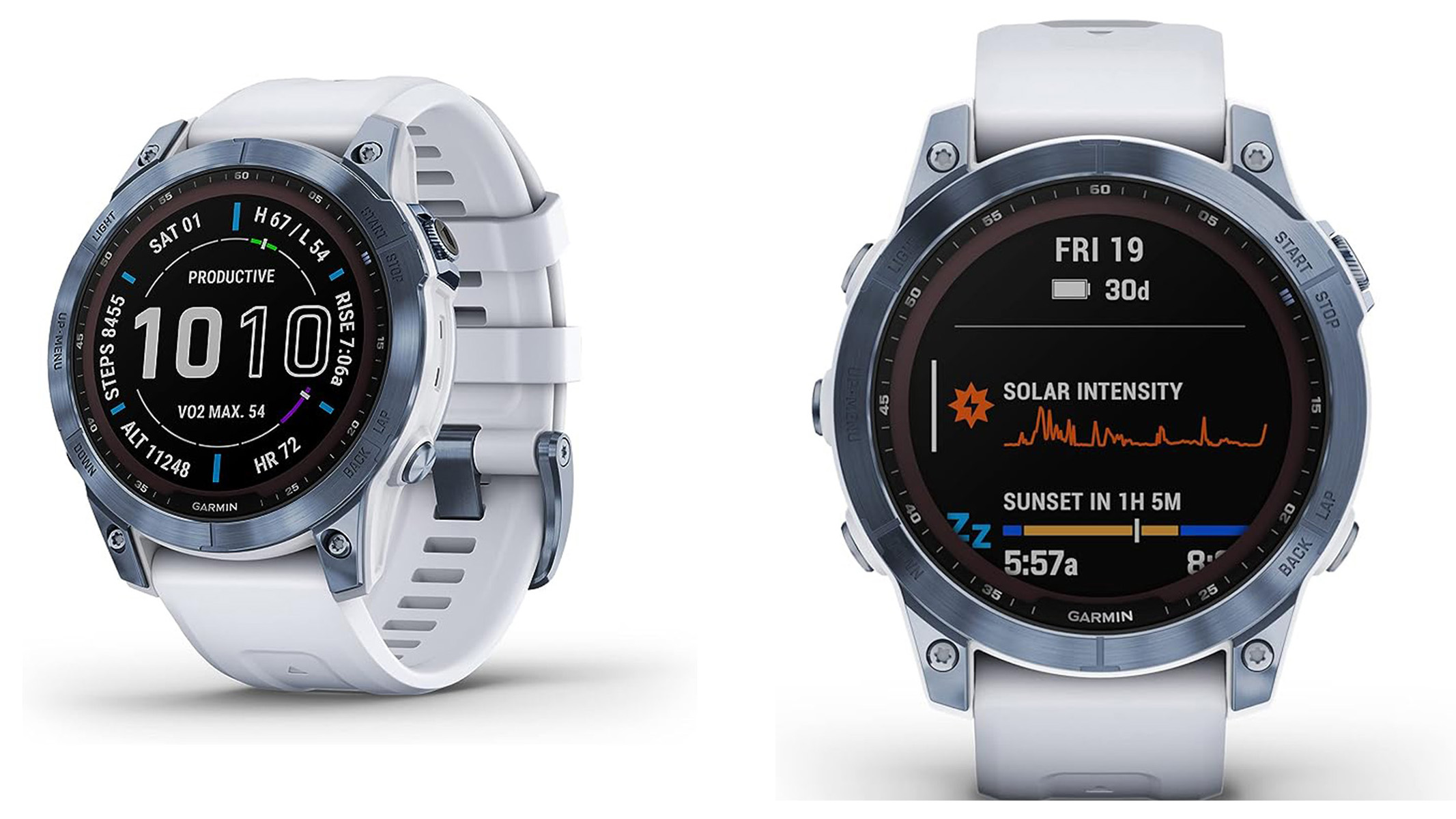
As good as both Fitbit and Garmin are as fitness trackers, we’re not entirely sure we’d call either of them “smartwatches”.The distinction (at least for us) lies in their integration with other technology. While an Apple Watch or Google Wear OS device can add third-party apps, both Garmin and Fitbit are closed off in that regard.
Each can see your messages (although the Fitbit’s narrower display makes reading them a challenge at times), and you’ll also be able to use contactless payments or skip tracks on your playlist, although not many models from either brand can store music locally.
Fitbit vs Garmin: Which is right for you?
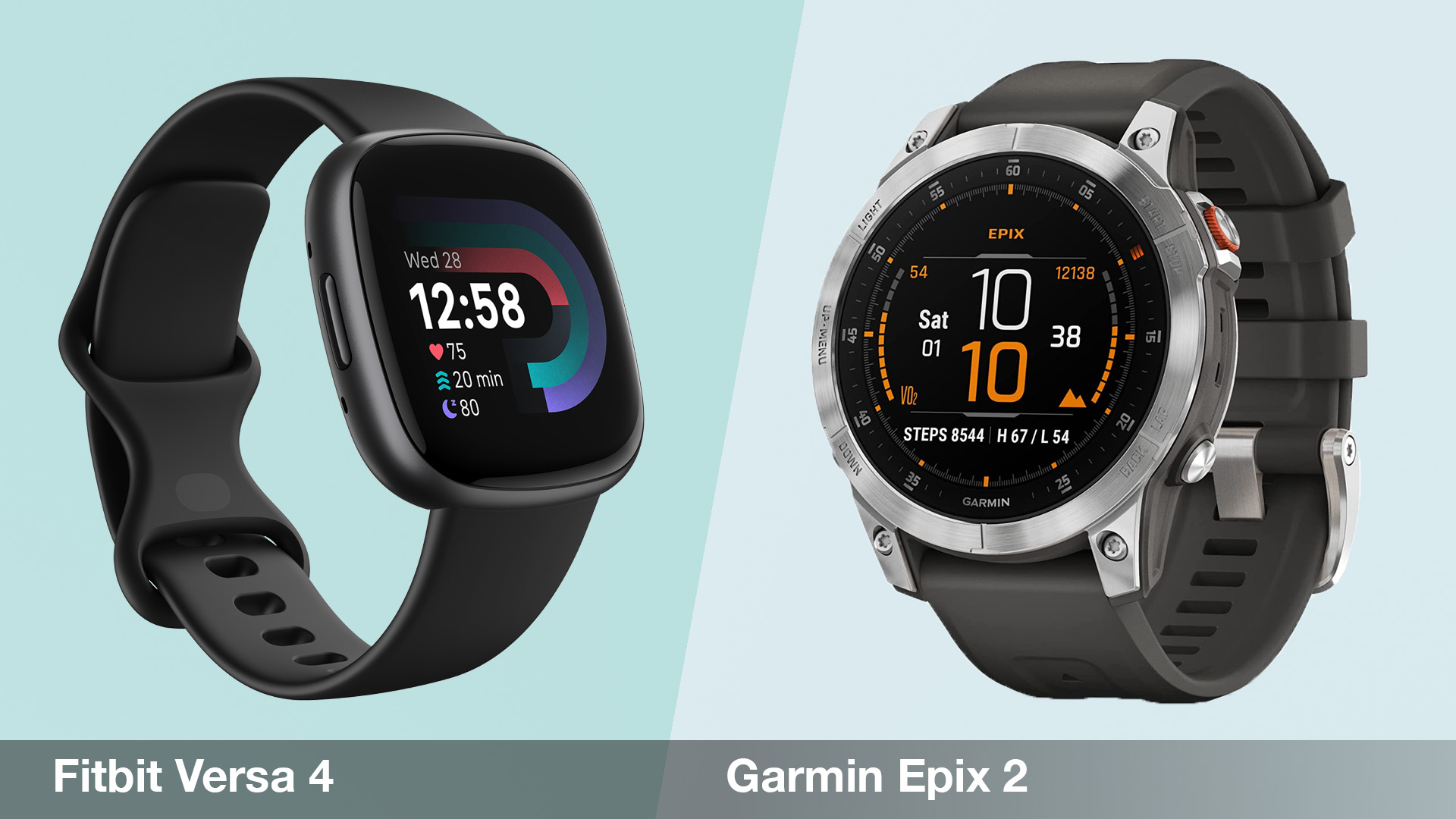
The choice really comes down to your starting position. If you’re new to fitness trackers and looking to get off to a good start, the Fitbit will do all you need and more (and cheaper than a Garmin would).On the other hand, if you’re already running or cycling and are looking to shave seconds off your fastest times, Garmin is probably best for you.
In many ways, though, you can’t go wrong with either.
Get the world’s most fascinating discoveries delivered straight to your inbox.
Andrew Williams is a freelance journalist based near London. He has written about tech for over a decade, contributing to sites such as WIRED, TechRadar, TrustedReviews, Wareable, Stuff, T3, Pocket-lint and many others. When he's not covering fitness tech, he writes about mobile phones and computing, as well as cameras.

